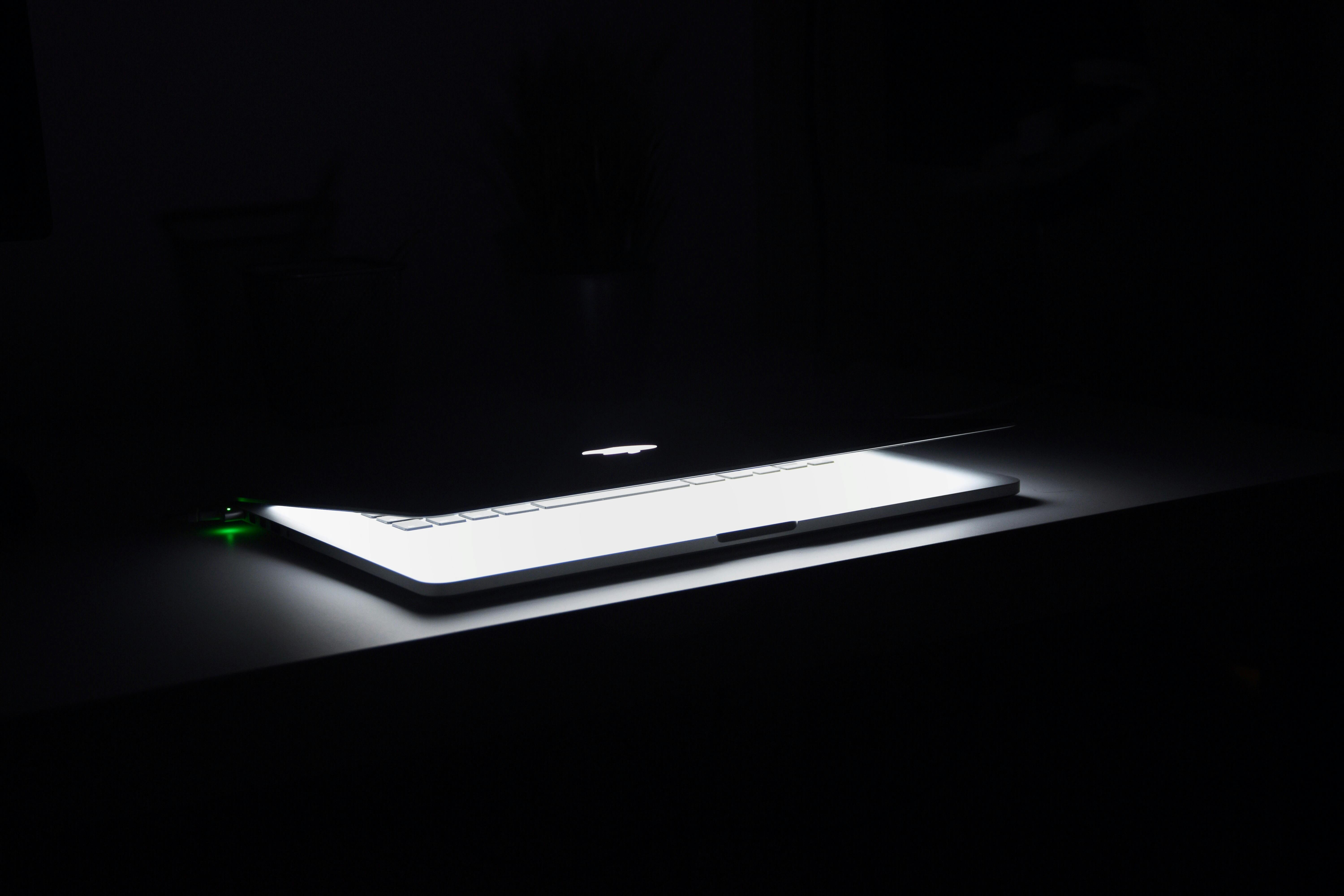Have you ever wondered how to set a default web browser in the Windows operating system? Look no further! This article will guide you through the simple steps to ensure that your preferred browser is the one that opens automatically whenever you click on a web link. Say goodbye to the hassle of constantly selecting your browser of choice and say hello to a seamless and efficient browsing experience. So, let’s get started and customize your Windows system to work exactly the way you want it to!

How Do I Set A Default Web Browser In The Windows Operating System?
Setting a default web browser is an essential task for every Windows user. The default web browser is the browser that automatically opens when you click on a link or launch a URL. It plays a crucial role in providing a seamless browsing experience and determining how web pages and content are displayed on your computer. In this article, we will explore the steps to set a default web browser in the Windows operating system.
What is a Default Web Browser?
Definition and Role of Default Web Browser
A default web browser is the application that is configured to open whenever you click on a hyperlink or try to access a web page. It is the primary tool for browsing the internet and interacts with websites, processes HTML and CSS, and displays the requested content to the user. The default web browser acts as an intermediary between the user and the internet, allowing you to navigate through websites, access information, and utilize various web-based services.

Importance of Setting a Default Web Browser
Enhanced User Experience
Setting a default web browser significantly enhances your overall user experience. By choosing a browser that aligns with your preferences and requirements, you can have a personalized and efficient browsing experience. The default browser provides familiarity and ease of use, allowing you to seamlessly access your favorite websites, bookmark pages, and manage extensions or plugins.
Efficiency and Productivity
Having a default web browser that suits your needs can greatly contribute to your efficiency and productivity. Each web browser has its own set of features, extensions, and customization options that can enhance your workflow. By setting a default browser, you can save time and effort by eliminating the need to manually choose a browser every time you click on a link.
Consistency across Applications
Setting a default web browser ensures consistency across various applications and software installed on your computer. Many applications, such as email clients, document editors, and instant messaging programs, rely on the default web browser to open web-based content or links. By configuring a default browser, you ensure that all applications consistently use the same browser, providing a seamless and integrated experience.
Windows Default Web Browser Options
Microsoft Edge
In recent versions of the Windows operating system, Microsoft Edge has become the default web browser. Developed by Microsoft, Edge offers a modern and feature-rich browsing experience. It is designed to be fast, secure, and compatible with the latest web standards. Microsoft Edge provides various tools and functionalities that enhance productivity, such as a built-in PDF reader, support for extensions, and seamless integration with other Microsoft applications.
Internet Explorer
Although Microsoft Edge is the primary default web browser in Windows, Internet Explorer is still included as a legacy option. Internet Explorer is an older web browser developed by Microsoft, and it may be required for compatibility with certain websites or applications that have not been updated to fully support modern browsers. However, due to its outdated technology and limited support, it is recommended to use Microsoft Edge or another modern browser whenever possible.

Checking the Current Default Web Browser
Using Windows Settings
To check the current default web browser using Windows Settings, you can follow these steps:
- Click on the “Start” menu, located at the bottom left corner of your screen.
- Select the “Settings” icon, which resembles a gear.
- In the Settings window, click on the “Apps” option.
- From the left sidebar, select “Default apps.”
- Scroll down until you find the “Web browser” section. Here, you will see the currently set default web browser.
Using Control Panel
To check the current default web browser using Control Panel, you can follow these steps:
- Press the “Windows” key + “R” on your keyboard to open the Run dialog box.
- Type “control” into the Run dialog box and press Enter.
- In the Control Panel window, select the “Programs” option.
- Click on the “Default Programs” button.
- From the options provided, choose “Set your default programs.”
- A list of installed programs will appear on the left. Locate your web browser in the list, and it will have a label indicating it is the default program.
Changing the Default Web Browser in Windows Settings
Step 1: Opening Windows Settings
To begin changing the default web browser using Windows Settings, follow these steps:
- Click on the “Start” menu, located at the bottom left corner of your screen.
- Select the “Settings” icon, which resembles a gear.
Step 2: Accessing Default Apps
In the Windows Settings window, perform the following steps:
- Click on the “Apps” option.
- From the left sidebar, select “Default apps.”
Step 3: Choosing the Default Web Browser
Now that you have accessed the Default apps settings, follow these steps to change the default web browser:
- Scroll down until you find the “Web browser” section.
- Click on the currently set default web browser.
- A list of available web browsers will appear. Select the one you want to set as the default browser.
- Close the Windows Settings window.
Changing the Default Web Browser in Control Panel
Step 1: Opening Control Panel
To begin changing the default web browser using Control Panel, follow these steps:
- Press the “Windows” key + “R” on your keyboard to open the Run dialog box.
- Type “control” into the Run dialog box and press Enter.
Step 2: Navigating to Default Programs
In the Control Panel window, perform the following steps:
- Select the “Programs” option.
- Click on the “Default Programs” button.
Step 3: Setting the Default Web Browser
To change the default web browser in Control Panel, follow these steps:
- From the options provided, choose “Set your default programs.”
- A list of installed programs will appear on the left. Locate your web browser in the list.
- Click on your web browser to select it.
- Click on the “Set this program as default” option.
- Click on the “OK” button to save the changes.
- Close the Control Panel window.
Setting the Default Web Browser in Microsoft Edge
Step 1: Launching Microsoft Edge
To begin setting Microsoft Edge as the default web browser, follow these steps:
- Click on the “Start” menu, located at the bottom left corner of your screen.
- Look for the Microsoft Edge icon, which resembles a blue “e”. Click on it to launch the browser.
Step 2: Opening the Browser Settings
Once Microsoft Edge is open, follow these steps to access its settings:
- Click on the three-dot menu icon in the top-right corner of the browser window. This will open the settings menu.
- Scroll down and click on the “Settings” option.
Step 3: Setting as Default from within Microsoft Edge
In the Microsoft Edge settings menu, follow these steps to set it as the default web browser:
- From the left sidebar, click on the “System” option.
- Scroll down until you find the “Default browser” section.
- Click on the “Make default” button.
- Microsoft Edge will now be set as the default web browser.
Setting the Default Web Browser in Internet Explorer
Step 1: Launching Internet Explorer
To begin setting Internet Explorer as the default web browser, follow these steps:
- Click on the “Start” menu, located at the bottom left corner of your screen.
- Look for the Internet Explorer icon, which resembles a blue “e”. Click on it to launch the browser.
Step 2: Accessing Internet Options
Once Internet Explorer is open, follow these steps to access its options:
- Click on the gear icon in the top-right corner of the browser window. This will open the Tools menu.
- From the Tools menu, select “Internet options.”
Step 3: Setting as Default from within Internet Explorer
In the Internet Options menu, follow these steps to set Internet Explorer as the default web browser:
- In the General tab, under the section “Opening Internet Explorer,” click on the “Make default” button.
- A confirmation prompt will appear. Click on the “Yes” button.
- Internet Explorer will now be set as the default web browser.
Troubleshooting Default Web Browser Issues
Clearing Browser Cache and Cookies
If you are experiencing issues with your default web browser, clearing the browser cache and cookies can often resolve these problems. By clearing these data, you effectively reset the browser’s settings and remove any potentially problematic data that may be interfering with its functionality.
To clear the cache and cookies in your web browser, follow these general steps:
- Open your web browser.
- Access the browser’s settings or options menu.
- Look for the “Privacy” or “History” section.
- Within that section, find the options to clear browsing data, cache, and cookies.
- Select the appropriate options and initiate the clearing process.
- Restart your browser and check if the default web browser issues are resolved.
Updating Web Browsers
Keeping your web browsers up to date is crucial for ensuring optimal performance and security. Outdated browsers may have compatibility issues with certain websites or lack the latest security updates, making them more vulnerable to threats.
To update your web browser, follow these general steps:
- Open your web browser.
- Access the browser’s settings or options menu.
- Look for the “About” or “Help” section.
- Within that section, there may be an option to check for updates.
- Click on the update option and follow the on-screen instructions.
- Once the browser is updated, restart it and see if the default web browser issues persist.
Resetting Default App Settings
If all else fails and you are still experiencing difficulties with your default web browser, resetting the default app settings in the Windows operating system can often resolve the issue. This process reverts all default applications, including the web browser, to their original settings.
To reset the default app settings in Windows, follow these steps:
- Click on the “Start” menu, located at the bottom left corner of your screen.
- Select the “Settings” icon, which resembles a gear.
- In the Settings window, click on the “Apps” option.
- From the left sidebar, select “Default apps.”
- Scroll down until you find the “Reset” button under the “Reset to the Microsoft recommended defaults” section.
- Click on the “Reset” button and follow the on-screen instructions.
- Once the reset process is complete, restart your computer.
- After restarting, reconfigure your desired web browser as the default in the Windows Settings or Control Panel.
By following these troubleshooting steps, you can resolve many common issues related to default web browsers in the Windows operating system and enjoy a seamless browsing experience.
In conclusion, setting a default web browser in the Windows operating system is essential for enhancing user experience, improving efficiency, and ensuring consistency across applications. Whether you prefer Microsoft Edge or another browser, the steps provided in this article will guide you in setting your preferred browser as the default. Additionally, troubleshooting steps are outlined to help you overcome any issues that may arise with your default web browser. With the right default web browser set, you can explore the vast world of the internet effortlessly.
